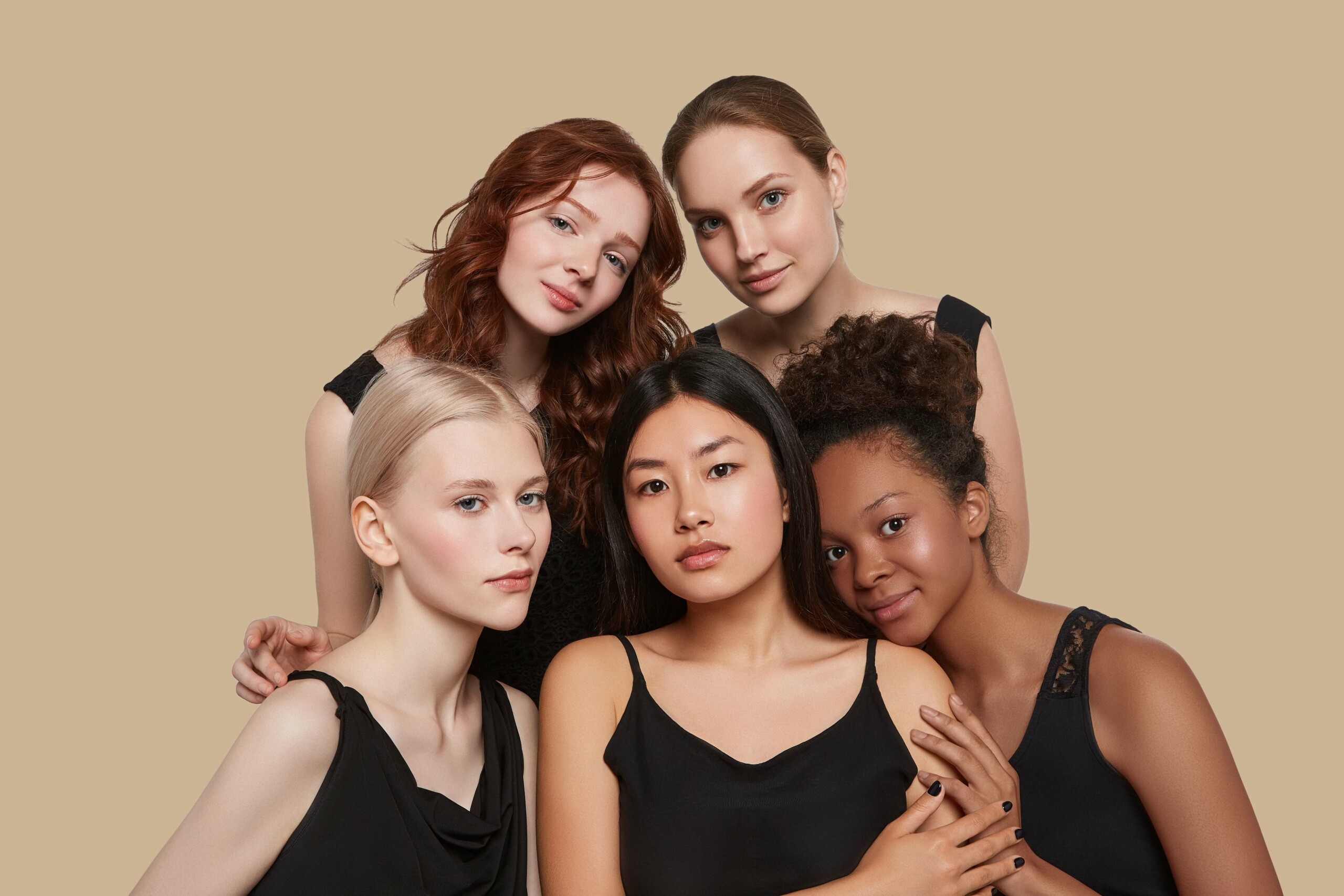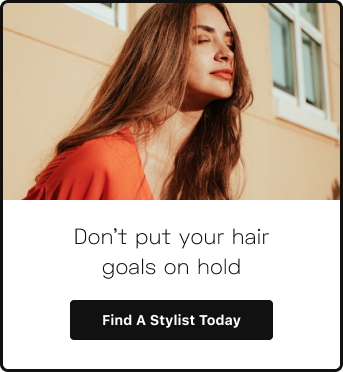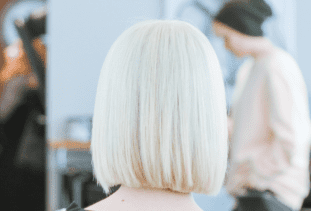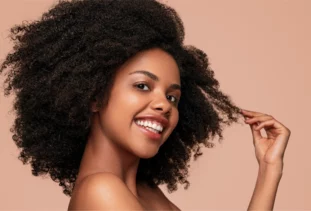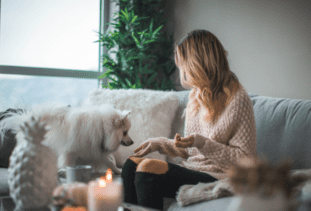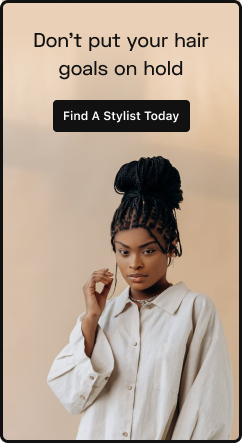If you want to get your hair colored, it’s important to know your current hair level so you’ll know what look is achievable. Typically, if you want to get your hair dyed, not bleached, you can really only get lighter by one to two color levels in one sitting. Bleaching, on the other hand, lifts your hair up to three to four levels in one sitting.
If you have dyed hair currently, a new dye won’t lighten the previously dyed hair. You’d need to get it bleached to achieve a lighter color. Hair that has been bleached can be bleached again to make it lighter, but bleaching is very hard on hair. You might want to wait four to six weeks to protect it from further damage.
If you’re ready to change up your hair color, look no further! We give you the rundown on hair color levels, how to choose the best color for your hair, and hair care tips to help make your color last.
What Are the Hair Levels?
Hair levels are a numbering system representing the depth of color — darker or lighter — your hair is. Color levels go from dark to light, with Level 1 as the darkest black and Level 10 as the lightest blonde, what you may think of as platinum blonde.
Knowing your level of hair color is important so that you know what color you can actually achieve based on your current hair level. For instance, when dying your hair you’ll typically only be able to reach two hair color shades lighter or darker than your current level. The main reason for this is hair health — going too aggressive with treatments can cause damage.
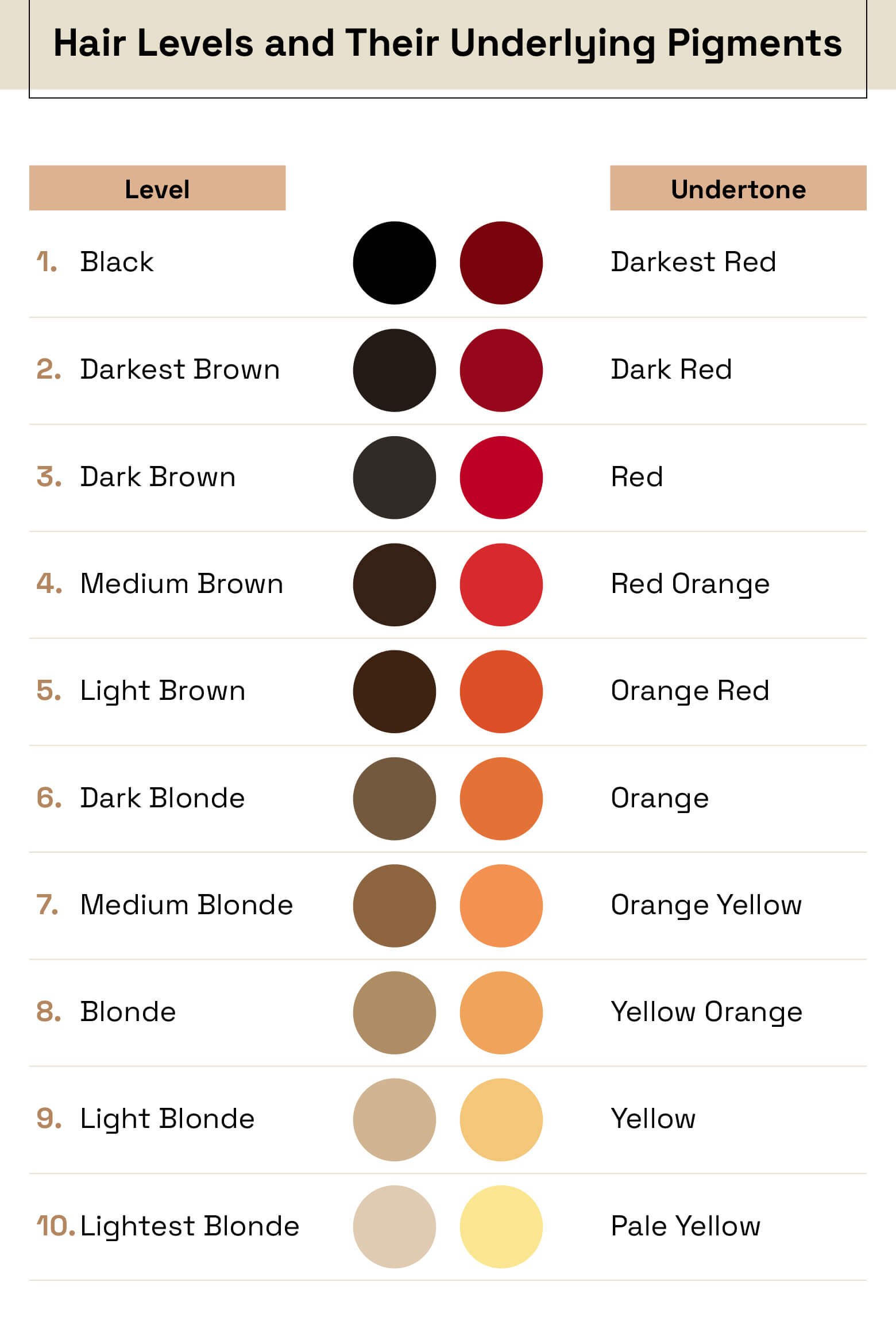
Below is the hair level system broken up by lighter and darker colors and levels:
- Darker hair:
- Hair Level 1: Black
- Hair Level 2: Darkest brown
- Hair Level 3: Dark brown
- Hair Level 4: Medium brown
- Lighter hair:
- Hair Level 5: Light brown
- Hair Level 6: Dark blonde
- Hair Level 7: Medium blonde
- Hair Level 8: Blonde
- Hair Level 9: Light blonde
- Hair Level 10: Lightest blonde
What Is Hair Tone?
Hair color is made up of both level and tone. Level is the depth of color, how light or dark your hair is, and the amount of black and brown pigments you have. Tone is the underlying color of your hair, determined by the amount of red and yellow pigments in your hair. Warm tones tend to be reds, oranges, and golds, while cool tones relate to blue, green, and purple.
When you get your hair colored, your hairstylist usually adds toner to your hair to help cancel out unwanted warm or brassy tones, especially when you’re getting it lightened. The toner color molecules work to neutralize or cancel out undesired hues, helping you get the hair color and tone you want.
How Do You Find Your Hair Level?
Before going to your hair appointment, it’s good to have a sense of your color level. Use these steps to determine your current hair level.
Also, keep in mind that you can’t lighten your hair on top of dye that’s lightened. The only way to really lift and lighten is by bleaching your hair.
1. Pick a Small Section of Your Hair
First, choose a small section of your hair to hold out and away from the rest of your hair. Look at your hair in natural light. This should give you a sense of if you’re looking at the lighter or darker parts of your hair and help you see what you have more of. It can also help you see some of the undertones you might have.
You might need to use a handheld mirror to get a better look, especially if the area with the best natural light in your room isn’t by a mirror.
2. Take a Picture of Your Hair
If your hair is long enough, you might be able to pull the section you’re looking at in front of your face, still keeping it in the natural light. But if doing that or using a mirror to look at the color doesn’t work, try taking a picture of your hair. You can compare the picture with our chart of hair levels or against hair swatches if you have them.
3. Match Your Color to the Correct Hair Level
Compare your hair to the hair levels chart to see which level your hair resembles the most. Remember, that hair level speaks to the depth of color. If you’re struggling to match your hair to the color level chart, convert the picture of your hair and the color level chart to black and white and see what shade your hair is closest to.
Knowing your hair level before your appointment gives you a realistic sense of what you can ask for and achieve. You can ask your colorist for one to two shades lighter or darker than your current level, and you should be able to get that look.
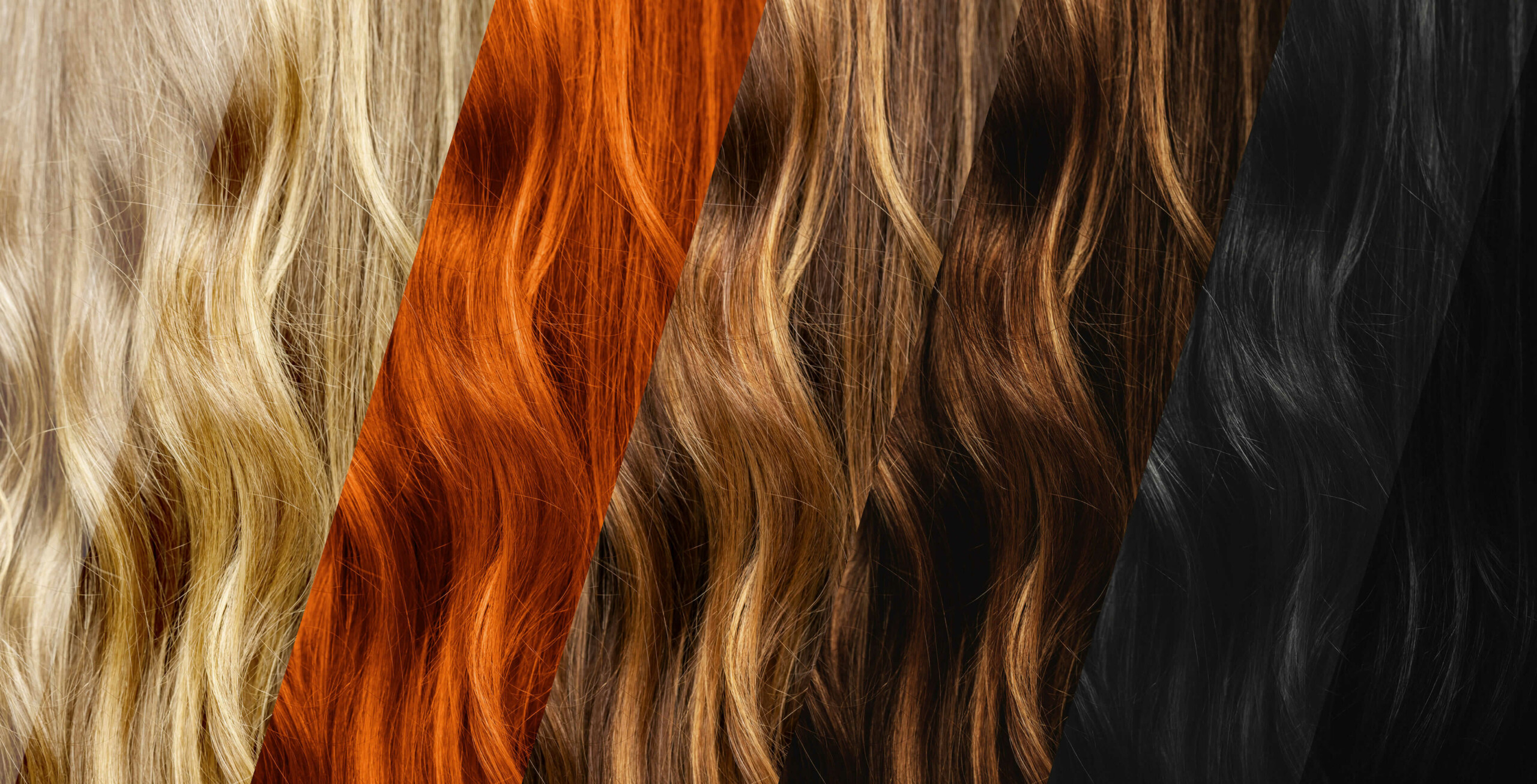
What Color Should You Dye Your Hair?
When you go to the salon, you’ll want to have an achievable color in mind. Something close to your natural hair color should be easy to achieve, but a good colorist will work with you to help you get the look you want.
If you want a pastel color, you’ll likely need to get your hair to one of the lighter levels for it to show up. This may require bleach, and it should be applied by pro stylists before the lighter dye is applied.
But even with the most dramatic treatments, you still face some limits. For example, you can’t go from jet black to blonde hair in one sitting. You can go one to two shades lighter or darker than your current level.
To help narrow down your options, this section walks you through what hair colors would be achievable at your current hair level, and what shades might work best with your skin tone.
Determine Your Skin Undertone to Help Choose a Hair Color
You can determine your skin undertone, or the subtle hue beneath the surface of your skin that won’t change, by looking for the following:
- Vein color: Blue or purple veins typically mean you have cool undertones. Green or olive veins mean warm undertones and blue-green veins mean your undertones are neutral.
- Skin’s reaction to sunburns: You likely have a cool undertone if you get sunburned easily and warm undertones if you tan easily. If you tan and burn, you may have a neutral tone.
- Jewelry and shirt test: If you tend to prefer gold jewelry, you likely have warm undertones. If silver looks better, you might be cooler toned. If you like both, you may be neutral. The t-shirt test is just the idea that true white tends to look better on cooler tones than on warmer tones. You’re neutral if you feel like both off-white and white t-shirt hues look best on you.
Hair Colors for Naturally Darker Hair
Your current hair color, skin tone, skin surface color, and skin undertone will impact the hair color that will look the best on you. We’ve included the hair color chart below to give you ideas you can take to your stylist for your hair coloring appointment.
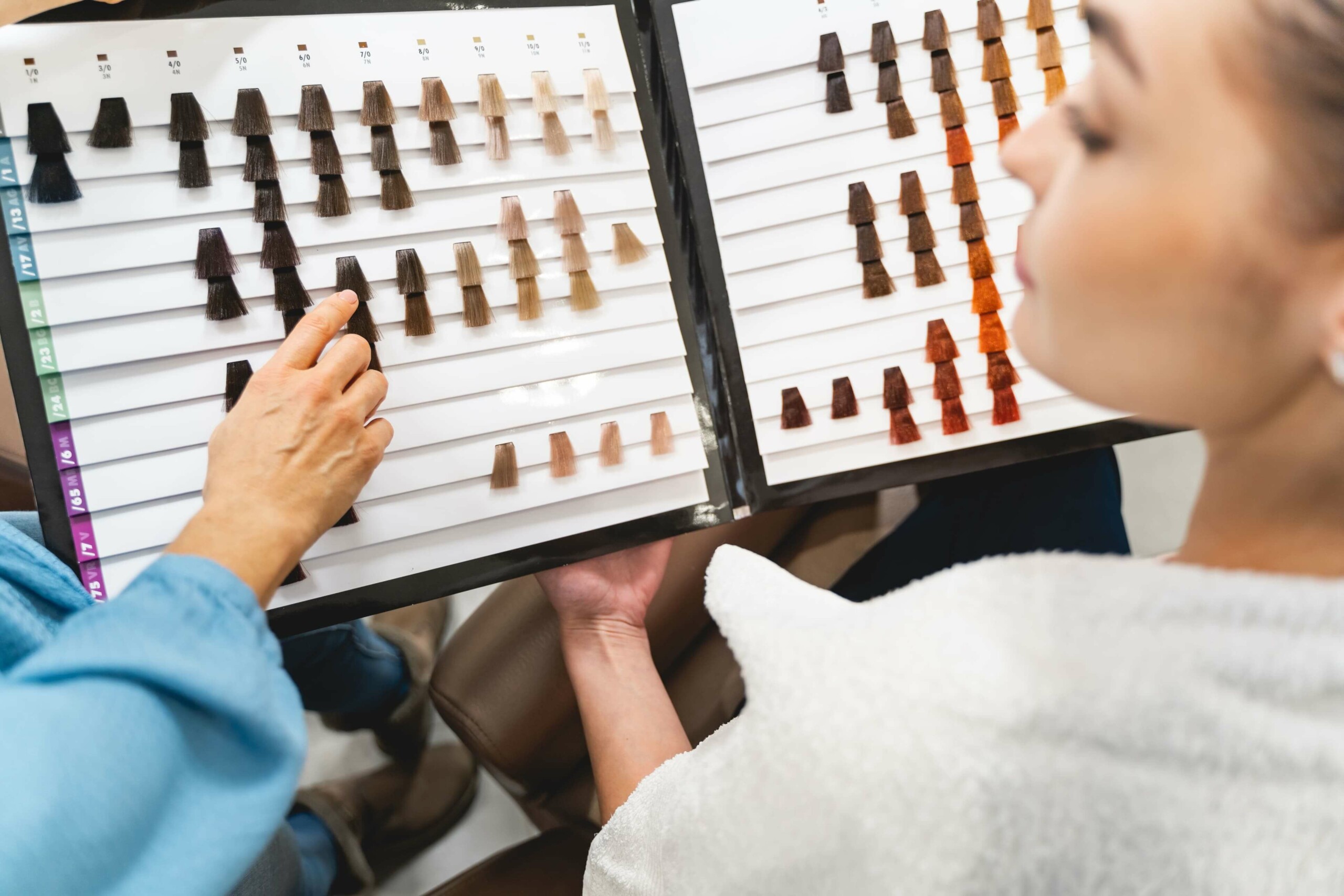
If you want to go lighter than one to two shades, you may need to consider getting your hair bleached first. This should be able to lift your hair three to four levels lighter at one appointment.
If you have darker hair, here’s an idea of some of the shades you can achieve:
- Hazelnut: This shade is a light brown but can be as light as a dark blonde. It’s often paired with gold or caramel highlights.
- Chocolate: This rich shade of brown complements all undertones.
- Copper: This versatile red shade can go more bronze or blonde depending on what you want.
- Sangria: This shade is a medium brown color with subtle red undertones. It also works as highlights to spice up your current hair color.
- Ash brown: This is a dark brown color with gray undertones. It also works well with a balayage or ombré instead of traditional highlights.
- Mocha: This rich dark brown color is commonly paired with brunette or blonde highlights.
- Jet black: This shiny, multidimensional shade is a true black with blue undertones. It has a little more life than your typical dark black color.
- Auburn: Auburn is a medium reddish-brown color. It can go more red or more brown depending on what you want.
- Espresso: This shade is a dark brown with black undertones, the darkest brown shade before you get black hair.
Hair Colors for Naturally Lighter Hair
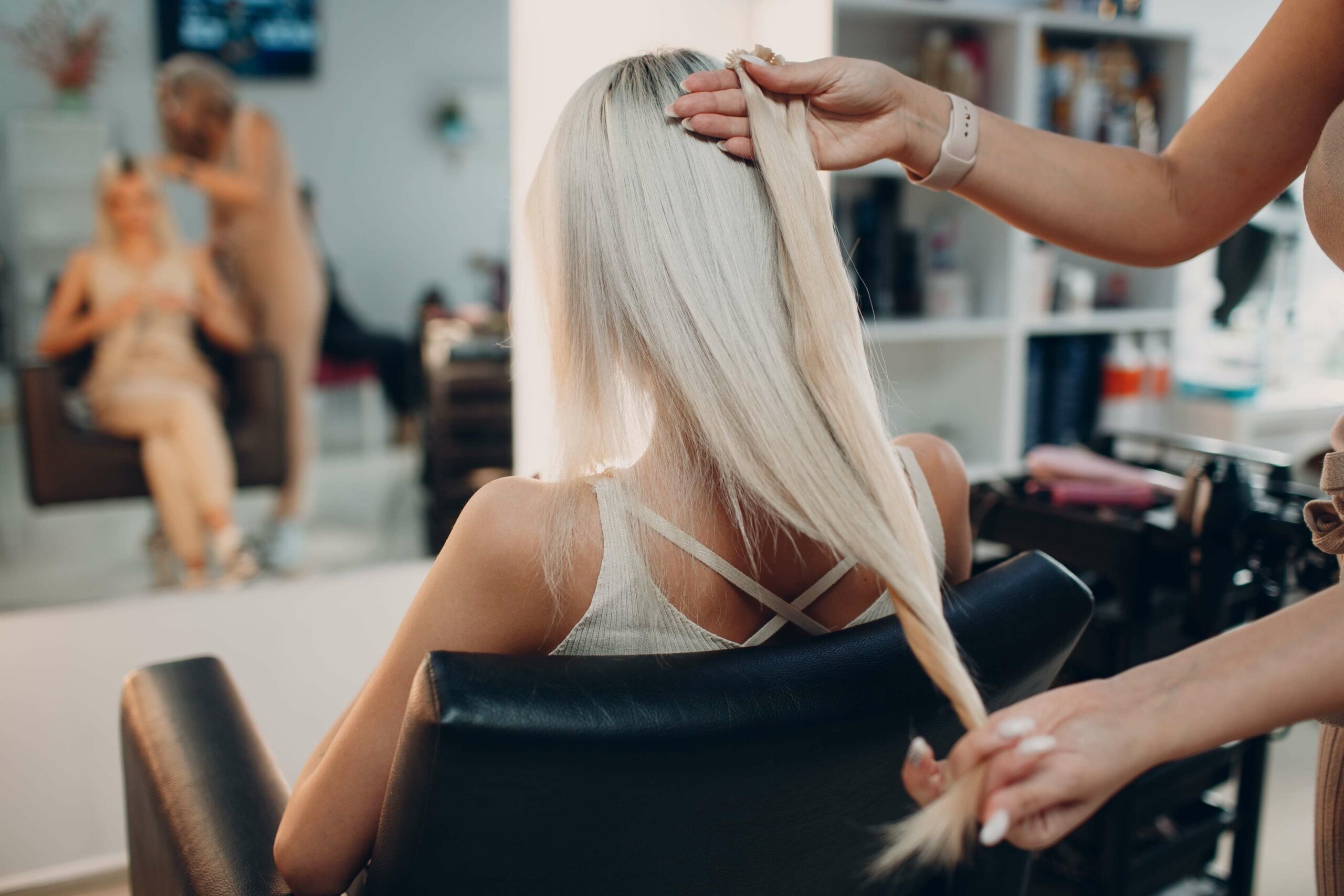
If your hair is naturally on the lighter side, you have a wide range of doable light and dark shades to choose from.
Here are a few color options from both sides of the spectrum:
- Bronze: This multidimensional, shimmery shade falls between blonde and brown.
- Cognac: This shade gives you a rich mix of light brown and red. It’s a good option if you’re interested in trying red hair but want something more subtle.
- Ash blonde: This shade is a light blonde with hints of blue, gray, or green.
- Wheat: This shade is a medium blonde, not too warm or too cool.
- Mahogany: This shade is on the darker side, a reddish-brown with purple undertones.
- Claret: Another darker shade, this color is a dark red with violet undertones. It’s especially pretty with highlights.
To use the charts below, find your skin tone, undertone, and your current natural hair color to see which lighter or darker hair color would work best. If you want something a little more tailored to you, you can also try taking our hair quiz to determine your best color fit.
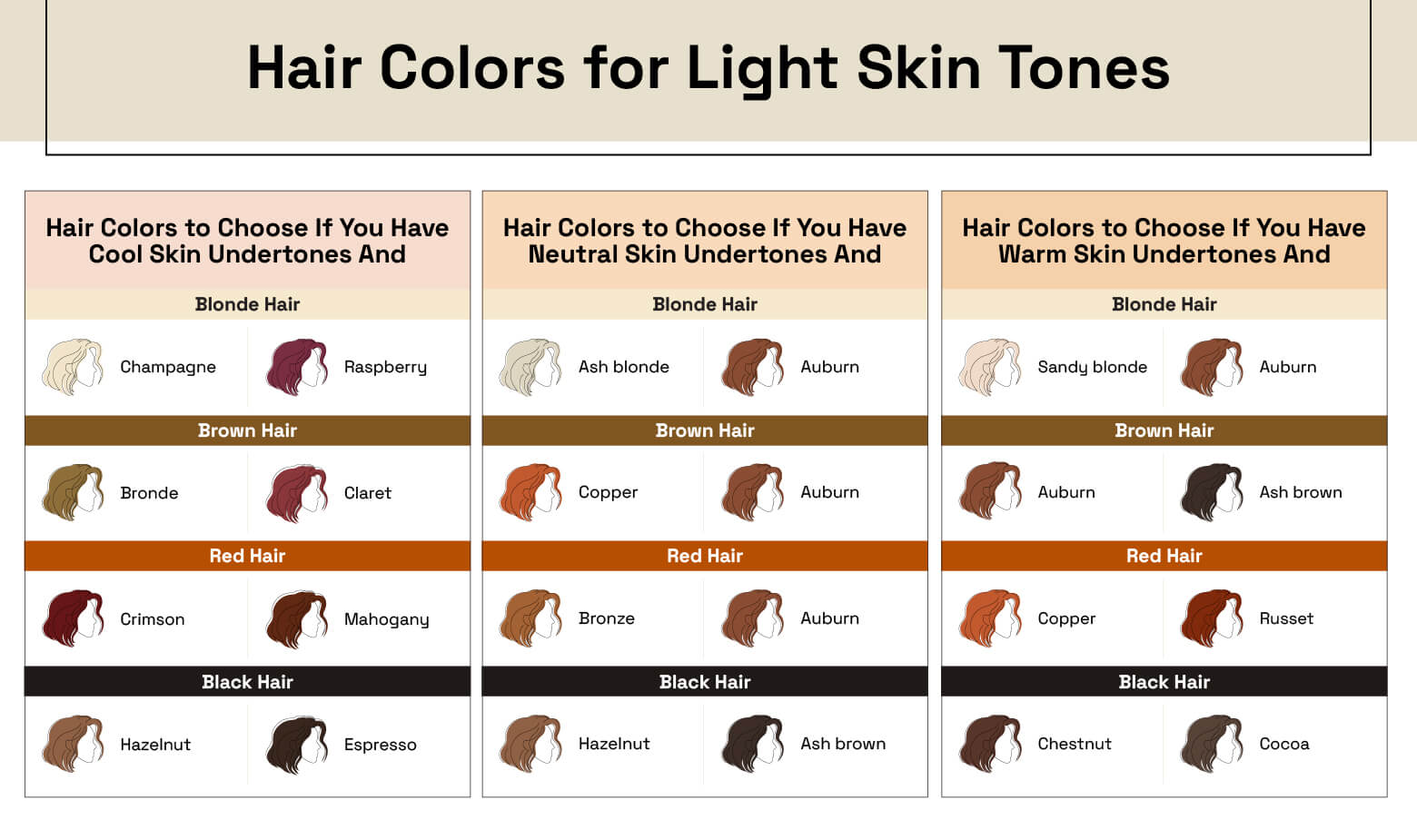
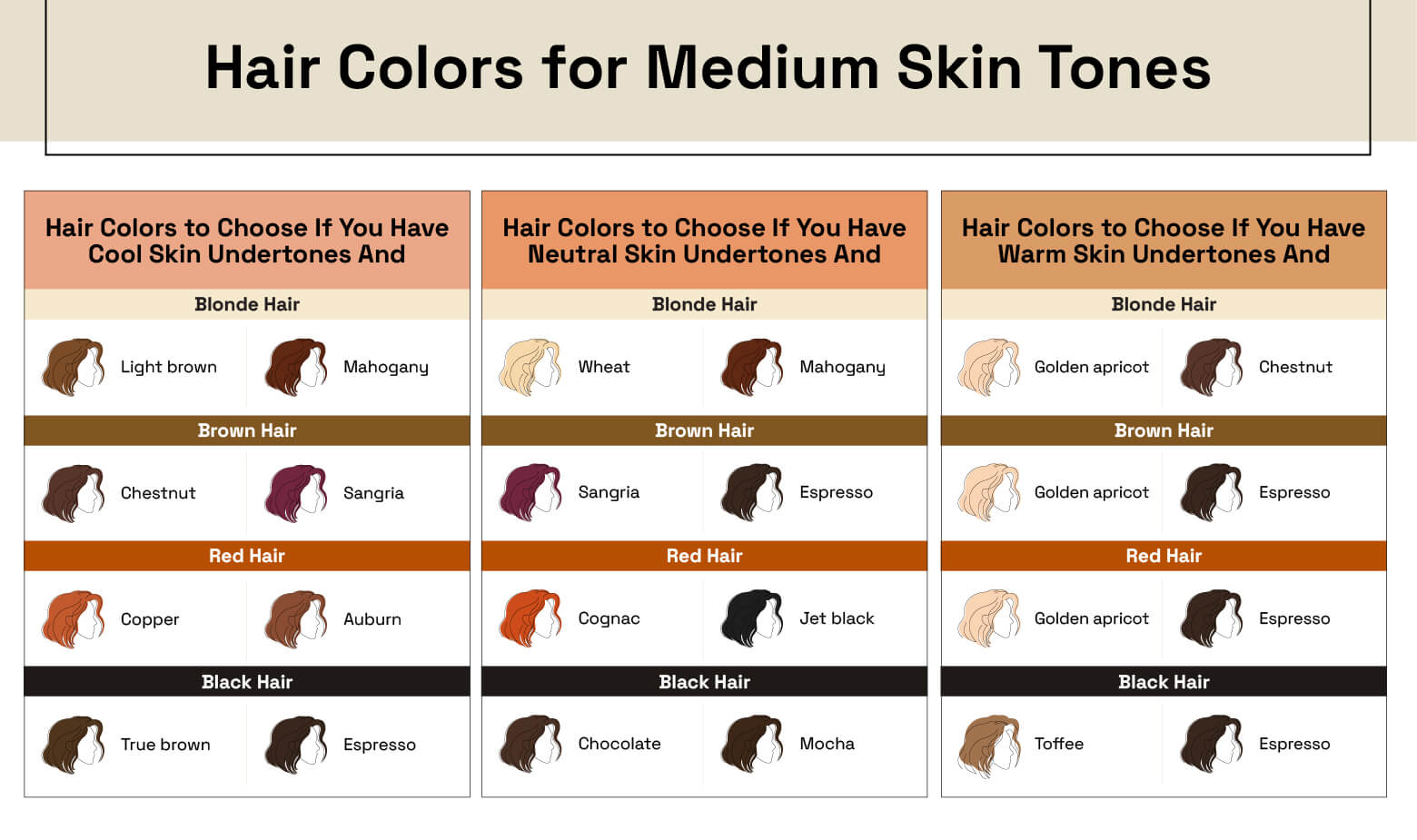
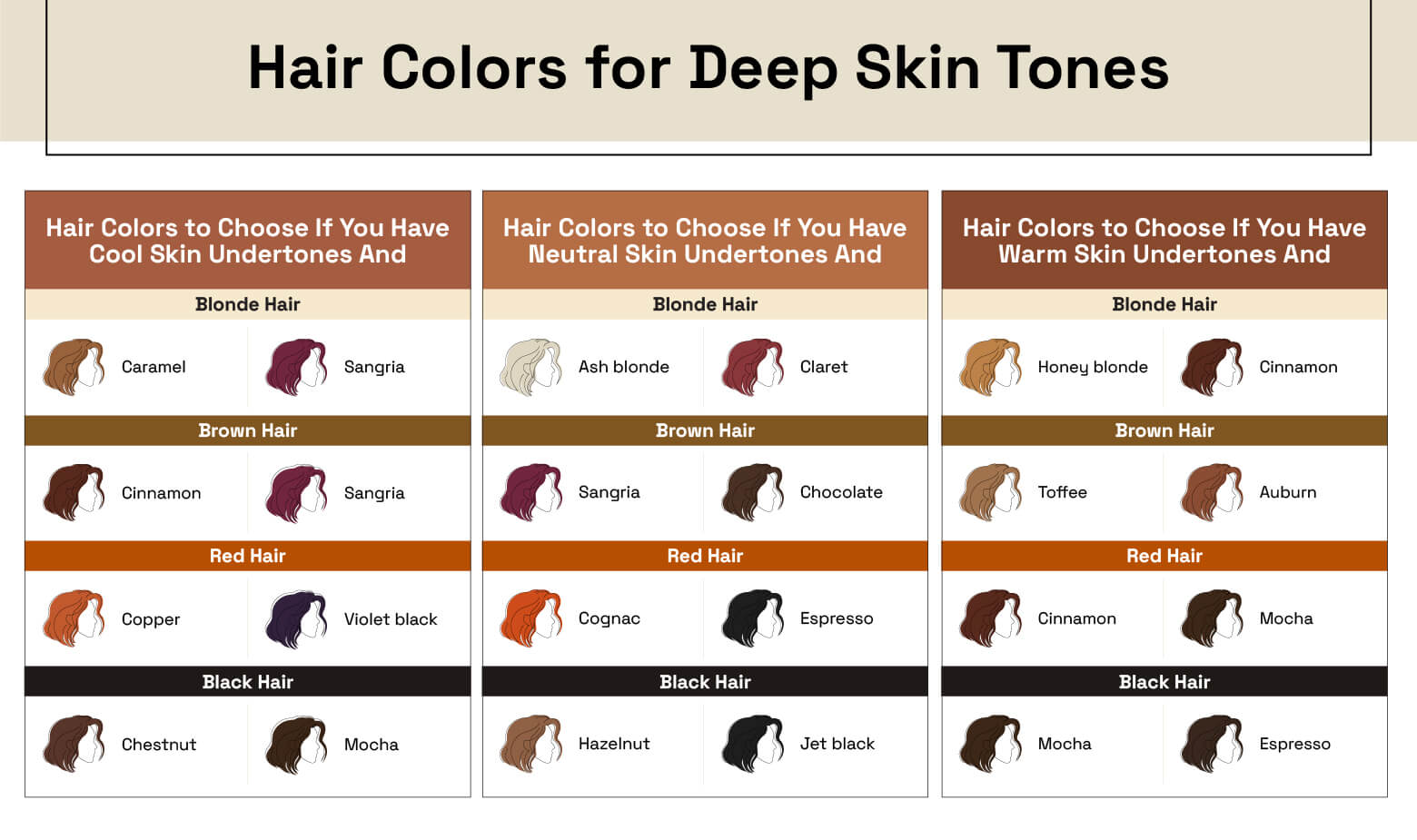
How to Maintain and Care for Your Colored Hair
Color does fade with time, especially as new hair grows in, but taking good care of your hair can keep your color vibrant for much longer. A big part of good hair care is avoiding lightening, coloring, or bleaching your hair if it’s damaged. Wait until your hair is healthy to color it.
Once you have colored hair, use these hair care tips to help maintain your look:
- Use purple shampoo on lightened hair.
- Wash your hair less frequently.
- Get your hair toned between coloring sessions.
- Use salon quality products.
- Dry your hair promptly after washing it.
- Protect your hair from the heat and the sun.
Knowing your hair level is key to getting the look you want. Once you settle on a shade, you and your stylist can get to work on achieving your perfect hair color.
Coloring your own hair is always an option, but working with a professional helps ensure the best results for your look as well as your hair health. If you need help finding a colorist, StyleSeat has a directory full of local style pros you can book with today.
